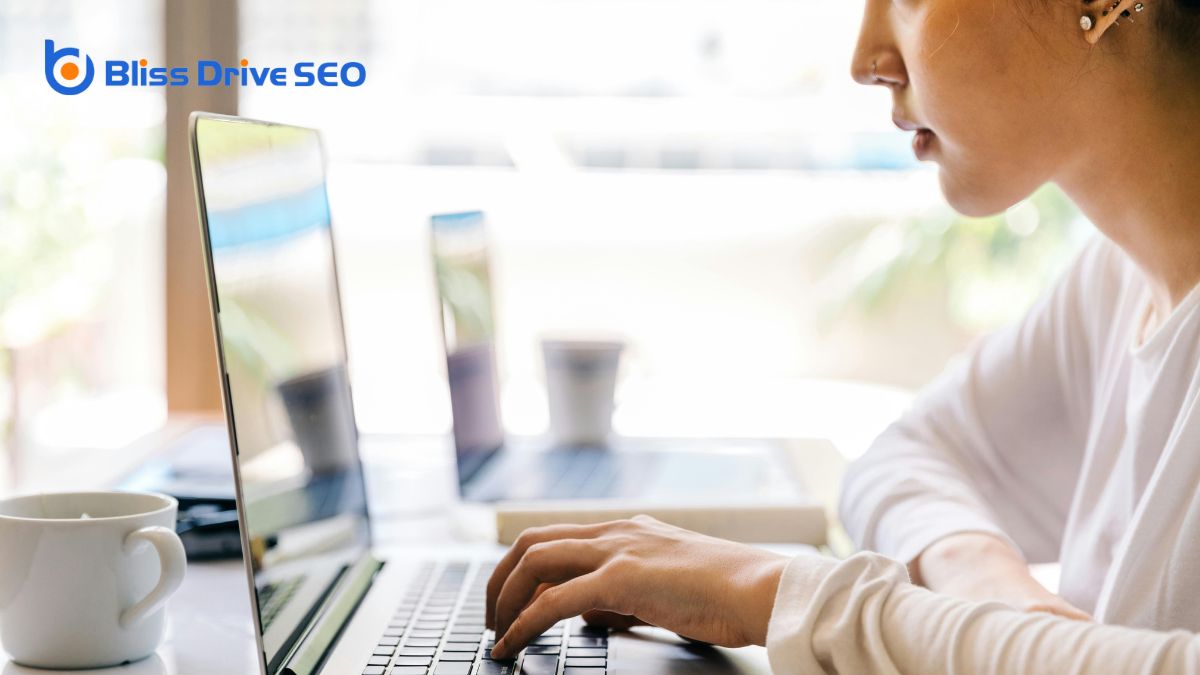Learn More About Us

To boost your ecommerce site's speed and SEO, begin by compressing your images with tools such as TinyPNG and favor formats like JPEG or WebP. Next, minimize and optimize your JavaScript and CSS by removing unnecessary code and minifying files. Combining them can help decrease HTTP requests, too. Finally, make sure your server response time is under 200 milliseconds by selecting a dependable hosting provider, utilizing a CDN, and optimizing database queries. Mastering these steps can greatly enhance performance and rankingsThe position at which a website appears in the SERP., so keep at it to maximize your site's potential.
When it comes to enhancing your ecommerce site's speed for SEO, optimizing images and media is vital. You'll want to start by compressing images to reduce file sizes. This can improve loading speed by up to 70%. Image compression tools like Smush or TinyPNG can be used to automatically compress images without losing quality.
Next, focus on image formats. Opt for JPEG or WebP, as these formats are designed for faster loading times. Avoid oversized images that can slow down your site; instead, adjust image dimensions and resolutions to what's necessary. Image optimization means ensuring each image is the appropriate size and resolution for its purpose.
Implementing lazy loading is another important step. This technique loads images and videos only when users scroll to them, which greatly enhances performance.
Don't forget to optimize other media files on your site as well.

To enhance your ecommerce site's speed and SEO, you should minimize JavaScript and CSS files. Excessive JavaScript and CSS can slow down your website, negatively impacting user experience and your SEO rankings. Each additional file adds to the load time, so reducing the number of these files is vital.
Start by removing any unnecessary JavaScript codes and optimizing your CSS files. Minifying JavaScript and CSS files involves stripping out all the extraneous characters—like spaces, commas, and comments—that aren't needed for execution. This can help reduce the file size and, consequently, the load time.
Combining files is another effective strategy. By merging multiple JavaScript and CSS files into single files, you reduce the number of HTTP requests, which can enhance site speed. Fewer requests mean your pages load faster, improving the overall user experience.
Additionally, implementing asynchronous loading for JavaScript ensures that these files load separately from the main content, preventing them from blocking the rendering of your page. Optimizing CSS delivery can also play a pivotal role in this process. Both techniques can greatly enhance your page speedThe time it takes for a webpage to load, affecting user experience and conversion rates. and, in turn, improve your SEO efforts.
Enhancing server response time is necessary for boosting your ecommerce site's performance and SEO. An ideal server response time for ecommerce sites is under 200 milliseconds, ensuring fast loading speeds that can greatly enhance user experience. Slow server response times leadA potential customer referred by an affiliate who has shown interest in the product or service but h... to high bounce rates, negatively affecting both your SEO rankings and user retention. Google recommends a server response time of less than 0.2 seconds for best website performance.
To improve server response time, start by choosing a reliable hosting provider that offers optimized server configurations. Regularly monitor your server performance to identify and address any bottlenecks promptly. Utilizing Content Delivery Networks (CDNs) can also distribute server loads more efficiently, enhancing website speed.
Optimizing your database queries and ensuring that server resources aren't overburdened with unnecessary tasks can further enhance server response time. Regular updates to your server software and hardware are essential to maintaining top performance.
You should start by optimizing your website for mobile, compressing images, and minifying CSS and JavaScript files. Use tools like Google PageSpeed Insights to identify and fix speed issues, ensuring a faster, SEO-friendly e-commerce site.
To get SEO results for your eCommerce site, focus on optimizing for keywordsWords or phrases that users type into search engines to find information., improving site speed, and creating quality content. Don't forget to use meta tagsHTML tags that provide information about a web page to search engines and visitors. and alt textDescriptions added to images to help search engines understand the content of images. for images to boost your search engine rankings.
A good site speed for an ecommerce website is above 70, but aim for a score over 90 for peak performance. Use Google PageSpeed Insights to check and improve your site speed, boosting user engagementThe level of interaction and involvement users have with social media content. and conversions.
You should use Google PageSpeed Insights for speed analysis, SEMrush for in-depth SEO features, Ahrefs for backlink analysis and competitive research, Moz Pro for site audits and rank tracking, and Ubersuggest for keyword and competitor insights.
By optimizing images and media, minimizing JavaScript and CSS, and improving your server response time, you're setting your eCommerce site up for success. Faster load times not only enhance user experience but also boost your SEO rankings. Implement these strategies, and you'll see a noticeable improvement in site speed, which can lead to increased traffic and sales. Don't wait—start making these changes today to reap the benefits.
